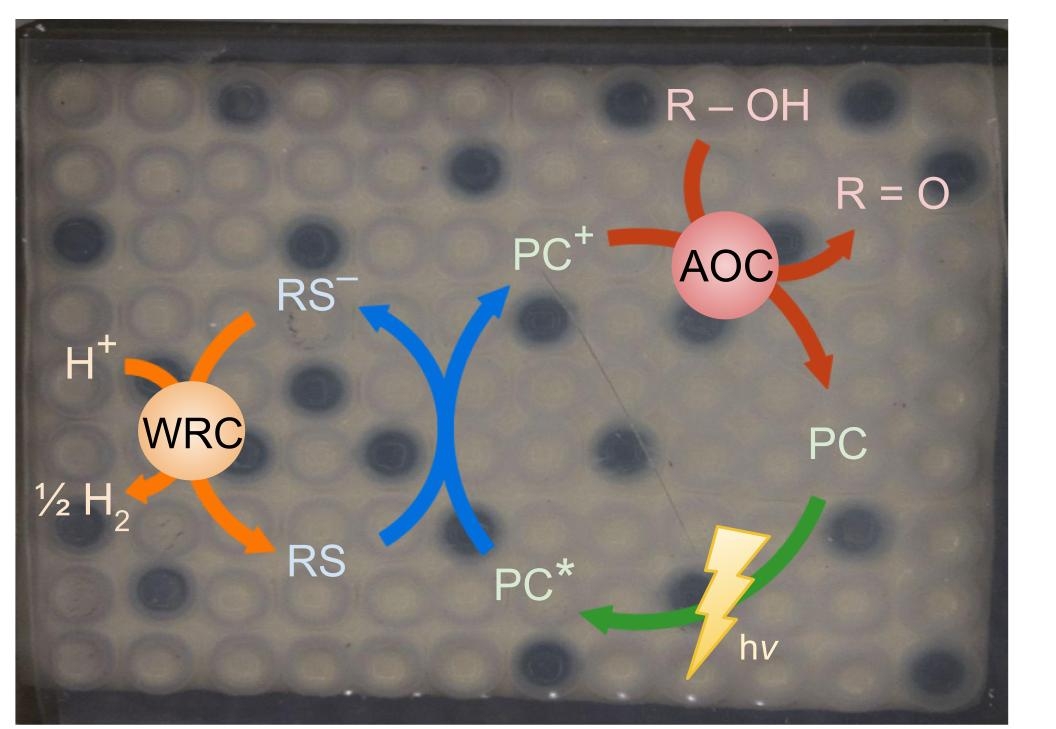3915406
Development of parallelized, colorimetric hydrogen detection films for photo generation of hydrogen from bioavailable oxygenates | Poster Board #4082
Date
August 15, 2023
Explore related products in the following collection:
Related Products
Computing-informed engineering of terpene synthases: a data-driven approach to efficient biosynthesis
Terpenoids are natural products that have a wide range of biological activities, including antitumor, antimicrobial, and anti-inflammatory effects. Terpene synthases (TPSs) are enzymes that catalyze the biosynthesis of terpenoids by cyclizing the acyclic prenyl diphosphate precursor…
Synergistic effect of N-Doped sp2 carbon and porous structure in graphene gels toward selective oxidation of C-H Bond
The metal-free catalysts are a kind of perfect substitution of metal catalysts, to solve the cost and pollution issues in their applications effectively. Among them, N-doped carbon materials present high efficiency for diverse organic synthetic reactions…
Global optimization of the palladium atomic clusters and their abilities to break a C-H bond in ethane at the CCSD(T) level
The catalytic abilities of the palladium (Pd) atomic clusters toward the activation of the C-H bonds in ethane were studied at the CCSD(T)//B3LYP level of theory…
Unraveling the role of solvents in catalytic transfer hydrogenation of muconic acid
Catalytic transfer hydrogenation (CTH) carried out in solvents using formic acid as a hydrogen donor is considered a benign way for catalytic transformation of biorenewable platform chemicals…


